How many people do you think live in water-scarce areas? A wild chatter erupts in the classroom as the elementary-school students start debating my question. A hundred thousand! says a student. More, I say. A million? More! Two billion? Yes! A proud smile emerges on the face of the student who got the right answer. Then, a heavy atmosphere rapidly descends on the group as they intuitively begin to realize what it means. That day, the students gained deeper fundamental insights into the importance of water. That day, I visited as part of an event called ForskarFredag (Researchers’ Night).
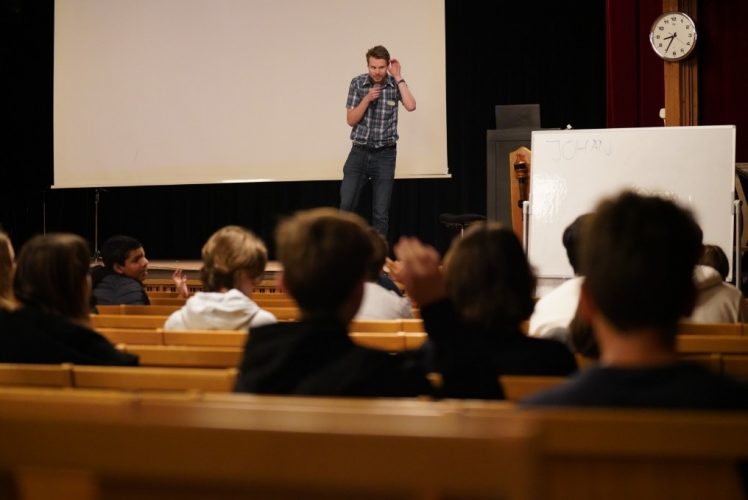
Photo by Ben Libberton
Before visiting the class, I asked a talented coworker how I could inspire the students. He confidently exclaimed: Talk about something they are interested in! And so I started interacting with the students to find what made them engaged. The answer surprised me. One time I said: Talk to the person next to you, how do you think we can make drinkable water from seawater? Again, wild chatter ensued. Whenever I let the students discuss amongst themselves, the floodgates to inspiration would open. Filtering? Heat the water? Use local resources? And when I let them ask freely about our research, the questions went on and on in a steady stream. After 20 minutes of being flooded with questions, I had to stop answering because we were running out of time. The experience taught me that lots of young people share a deep common interest. An interest in science.
Another day, I happily visited a group of older students from all over the world. They were young people who had not yet started working as researchers, and they had joined in a competition for the best innovations in water technology (Stockholm Junior Water Prize). There, a young man from India told me: Where I grew up you cannot drink tap water because of all the contaminations. Actually, many of us work with water to change this. Looking at his friend, he continued: We have worked for a year on developing a technique called capacitive deionization to help with cleaning water. As I looked around the crowded room, I suddenly began to realize how much hard work people put in. They had insights about water, they were deeply interested science, and they passionately drove innovations.
A while back, researchers at KTH started a company based on the same capacitive-deionization technology. While small at first, their hard work rapidly expanded the company and lots of people can now enjoy the purified water that they are producing. Recently, the company made the list of top 41 startups in Sweden focusing on environmental technology. Their example clearly showed me how much we can achieve through hard work in water technologies. Now is the time when years of valuable fundamental research are finding their way to the larger society.
The end ties back to the beginning. Looking at these successes, I saw the company’s progress would not have been possible unless someone had first noticed how important water is and used their passion for science. And so, it starts with you and me. We could attend big events like ForskarFredag and the water competition. Or, you could simply start a conversation about water with a young person you know. Whenever we spread the knowledge and tap into young people’s interest in science, we are all building the solid foundations of a better tomorrow.
Johan Nordstrand
Doctoral Student at KTH
The ForskarFredag event will be held again in 2022 and researchers are encouraged to join. I would also like to extend my gratitude to all the teachers who invited researchers to their classes and got the students engaged. The event would not have been possible without you and I hope even more teachers are joining the event next year. More information: https://forskarfredag.se/
Information about the competition (Organized by SIWI, hosted visit to KTH by WaterCentre@KTH): https://www.kth.se/en/aktuellt/nyheter/an-international-vip-visit-from-young-innovators-focuses-on-water-1.920985
The company: https://stockholmwater.com/
More information about me: https://www.kth.se/profile/johanno3

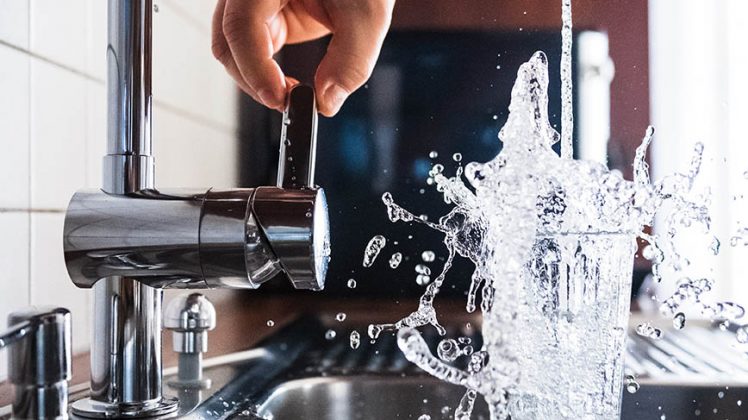
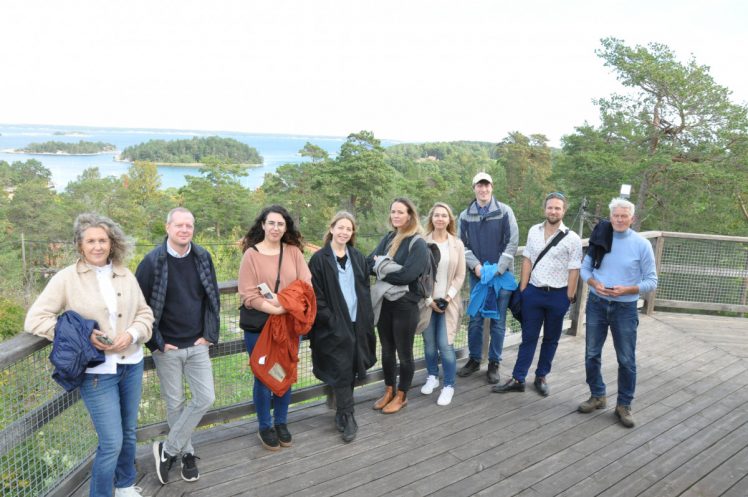
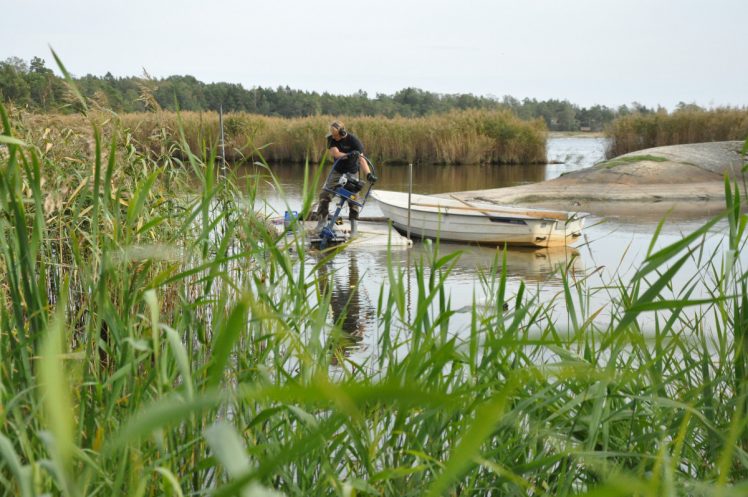
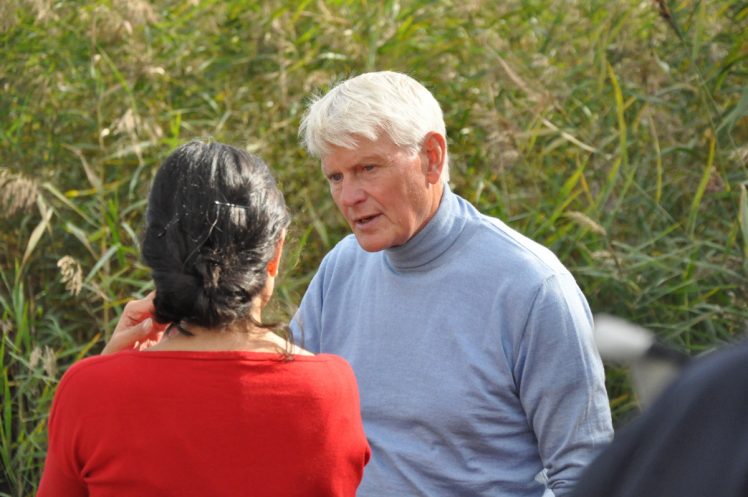

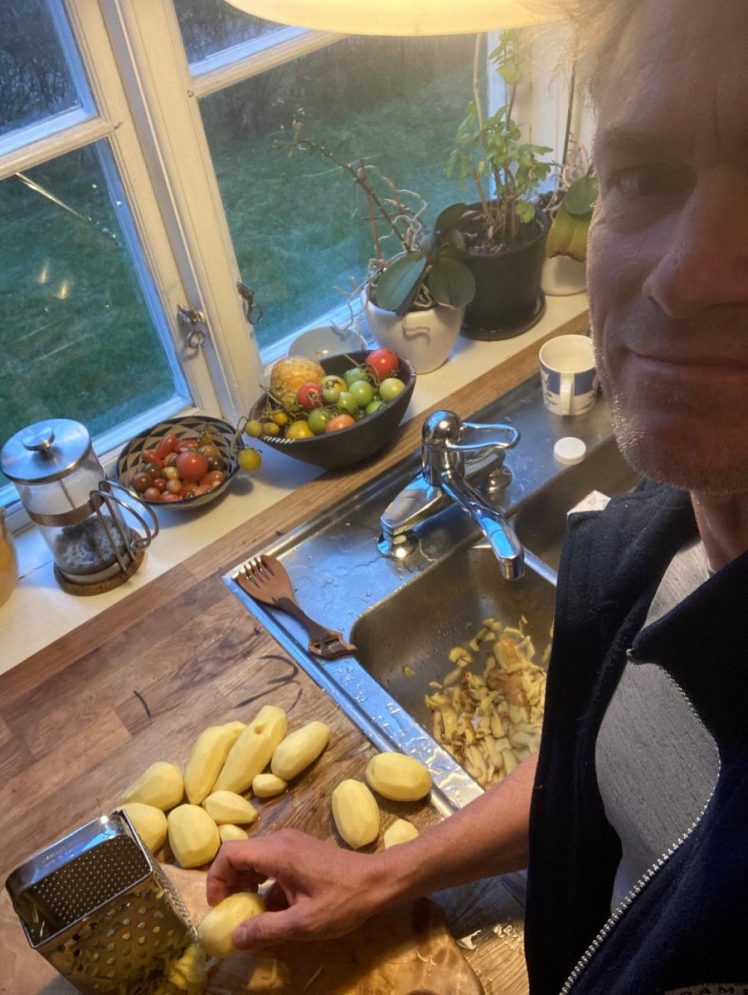
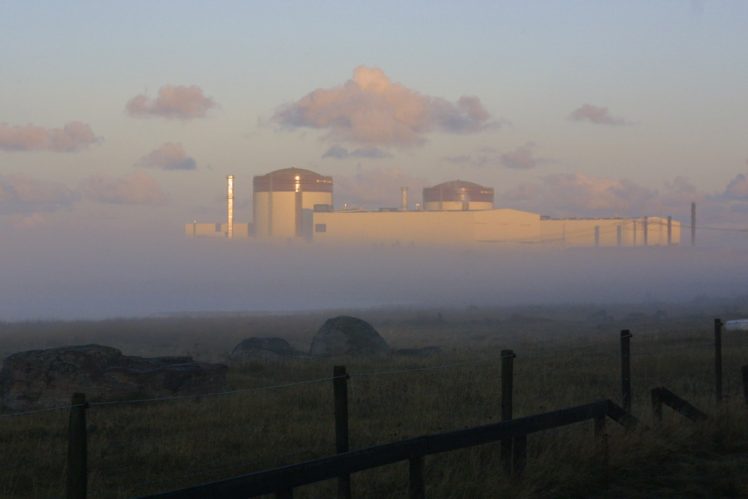
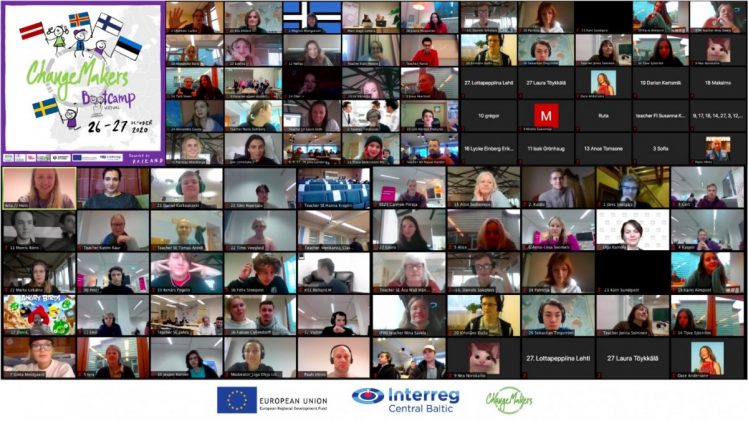
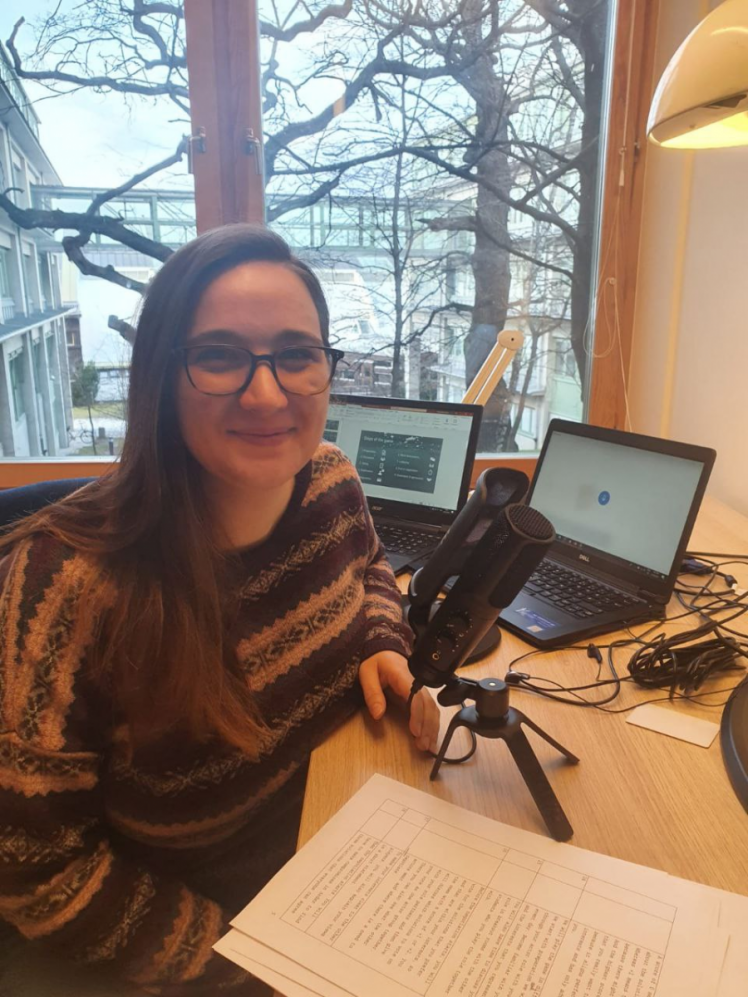 Project team in Sweden
Project team in Sweden